I'll try to addres this:
I would like to delete elements from a reactiveValues object because I am using it to store user-defined list objects that can be quite large individually. My concern is that if the user creates too many such objects in a single session it will cause the app to crash due to insufficient memory.
When you assign NULL to the value R will remove the element from memory. See the app below - when you click delete button the memory is released:
library(shiny)
ui <- fluidPage(
mainPanel(
actionButton("delete", "delete"),
verbatimTextOutput("table1")
)
)
)
runApp(list(
ui=ui,
server=function(input, output, session) {
values <- reactiveValues(val1 = rnorm(1e7), val2 =2, val3 = 3)
observeEvent(input$delete,{
values$val1 <- NULL
})
output$table1 <- renderPrint({
res <- capture.output(gc())
cat(res, sep = "\n")
x <- reactiveValuesToList(values)
length(x)
})
}))
The two images below show you the state before clicking the delete, and after -> note that the value used by R has changed.
Those missing 80mb is the size of the val1 vector.
pryr::object_size(rnorm(1e7))
# 80 MB



